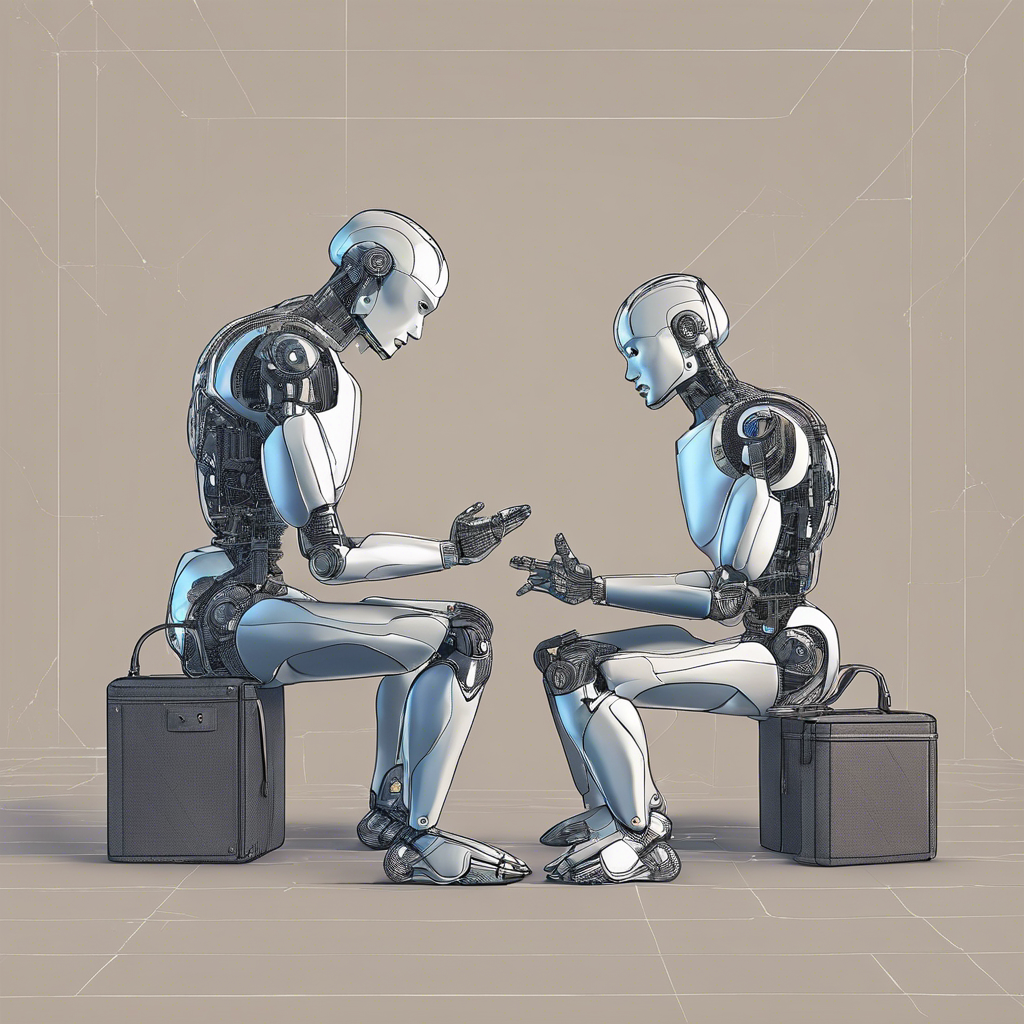The Unforeseen Obstacles Faced by E.U. Lawmakers in Regulating AI
In a world increasingly shaped by artificial intelligence (AI), the European Union (EU) has been at the forefront of efforts to regulate this rapidly evolving technology. In April 2021, EU leaders unveiled a comprehensive 125-page draft law aimed at governing AI. The document was hailed as a global model for AI regulation, having been crafted with input from thousands of experts over the course of three years. However, the emergence of ChatGPT, an eerily humanlike chatbot that generated its own responses, exposed a significant gap in the proposed legislation. This unforeseen challenge has sparked intense debate among EU lawmakers, raising concerns about the effectiveness and adaptability of AI regulations.
The Rise of ChatGPT and its Impact on AI Regulation
ChatGPT, an AI chatbot developed by OpenAI, captured public attention with its ability to generate coherent responses to prompts. The technology behind ChatGPT, known as deep learning, was not explicitly addressed in the EU’s draft law on AI regulation. This omission caught policymakers off guard and prompted urgent discussions to address the gap. Lawmakers and their aides engaged in a flurry of calls and texts, attempting to grapple with the implications of this unforeseen development.
The Dilemma of Overly Aggressive Regulations
As EU lawmakers scrambled to address the regulatory gap exposed by ChatGPT, they faced warnings from tech executives about the potential economic consequences of overly aggressive regulations. The fear was that stringent rules could stifle innovation and put Europe at a disadvantage in the global AI race. Balancing the need for effective regulation with the imperative to foster technological advancement has become a central challenge for policymakers.
The Ongoing Debate and the Risk to the Draft Law
The emergence of ChatGPT and the subsequent discussions among EU lawmakers have thrown the AI regulation draft law into uncertainty. The debates revolve around how to address the gap in the legislation and ensure that it remains relevant and effective in the face of rapidly advancing AI technologies. Svenja Hahn, a member of the European Parliament involved in drafting the AI law, expressed concern about the perpetual struggle to keep pace with technological advancements.
The Limitations of Regulation in the Face of Technological Progress
The challenges faced by EU lawmakers in regulating AI highlight the inherent difficulty of crafting legislation that can keep up with the speed of technological progress. AI is a rapidly evolving field, with new advancements and applications emerging at an unprecedented rate. Attempting to regulate such a dynamic and complex technology requires a delicate balance between safeguarding public interests and fostering innovation.
Conclusion:
The case of the EU’s AI regulation draft law and the emergence of ChatGPT serve as a stark reminder of the challenges inherent in regulating artificial intelligence. The unforeseen developments in AI technology often outpace the ability of lawmakers to respond effectively. Striking the right balance between regulation and innovation is a delicate task that requires ongoing dialogue and collaboration between policymakers, experts, and industry stakeholders. As AI continues to reshape our world, finding effective and adaptable regulatory frameworks will be crucial to harnessing its potential while mitigating potential risks. The EU’s experience serves as a valuable lesson for other countries and regions grappling with the complexities of AI regulation.











